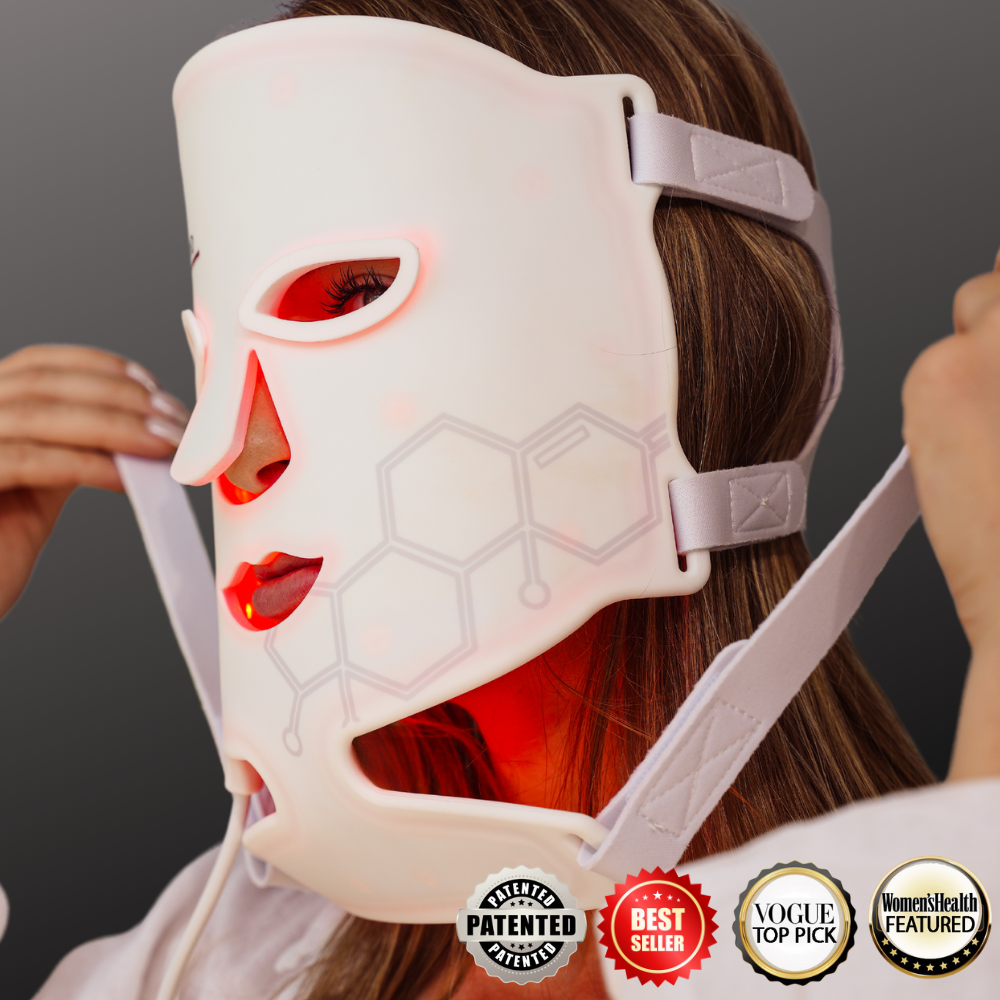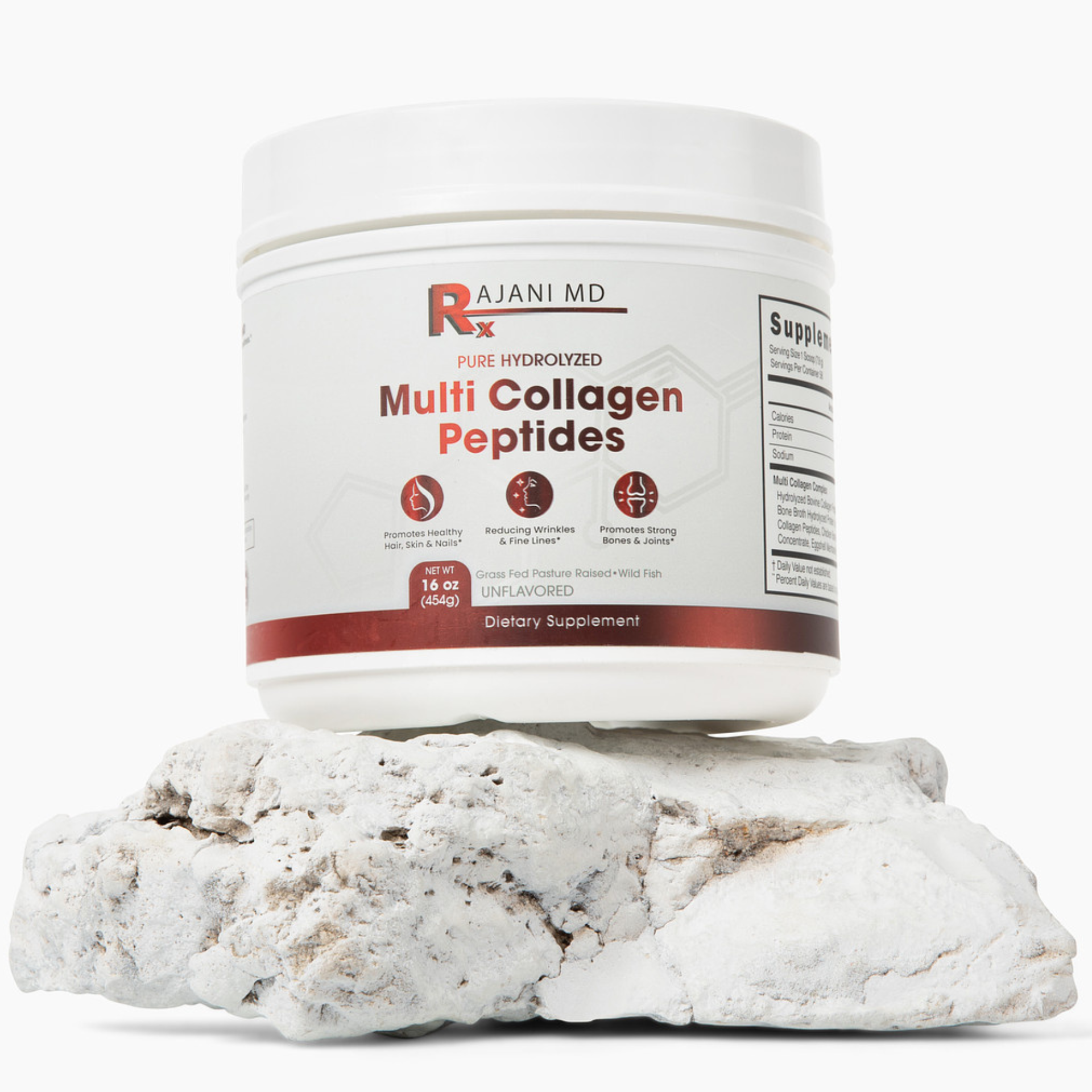Microplastics are everywhere—in the air we breathe, the food we eat, and even in our bodies. These tiny plastic particles, smaller than a grain of sand, have been found in places you wouldn’t imagine, including the human brain, skin, and internal organs. Alarming, right? Dr. Rajani, a dermatologist and aesthetic practitioner, dives into the facts about microplastics and shares five effective tips to help limit your exposure.
What Are Microplastics?
Microplastics are tiny fragments of plastic that result from the breakdown of larger plastic products. Found in everything from food packaging to synthetic clothing, they are now a common part of our environment. Recent studies reveal microplastics in the brain, blood, liver, lungs, and even placentas. One study even found that 0.5% of the weight of human brain tissue is now composed of microplastics.
According to Dr. Rajani, these particles are particularly concerning because of their ability to enter our bodies. For example, microplastics in the brain have been linked to memory and mood issues, while those in the bloodstream and skin can accelerate aging and disrupt hormones.
How Do Microplastics Get Into Your Body?
Microplastics enter our bodies through various sources:
-
Food and Water: Studies estimate that the average person ingests 50,000 microplastic particles each year, often through packaged goods and tap water.
-
Air: Microplastics are present in the air we breathe, with an estimated weekly intake equivalent to ingesting a credit card.
-
Clothing: Washing synthetic fabrics like polyester releases microplastic fibers into waterways, which can eventually end up in our bodies.
Why Are Microplastics Dangerous?
The presence of microplastics in your body is not just alarming; it’s harmful. Research links them to long-term inflammation, hormone disruption, and even nerve-related diseases like Alzheimer’s and Parkinson’s. Dr. Rajani points out that microplastics in your skin can worsen acne, accelerate collagen breakdown, and increase signs of aging. These particles’ ability to disrupt internal and external health makes them a growing concern.
5 Tips to Limit Microplastic Exposure
While we can’t completely avoid microplastics, there are practical steps to reduce exposure and protect your health. Here are five science-backed tips from Dr. Rajani:
1. Ditch Plastic Food Containers
Heating food in plastic containers releases microplastics and harmful chemicals into your meals. This is one of the main ways microplastics end up in your body.
-
What to Do: Switch to glass or stainless steel containers for storing and reheating food. Avoid using plastic wrap, especially on hot food.
-
Why It Matters: Reducing microplastics in your food helps lower their ingestion and protects your digestive system.
2. Filter Your Drinking Water
Tap water is a significant source of microplastics. Dr. Rajani emphasizes the importance of using high-quality water filters that can trap these particles.
-
What to Do: Invest in a water filtration system designed to remove microplastics. Dr. Rajani personally uses a high-pH device, which has been effective for years.
-
Why It Matters: Filtering microplastic in your drinking water ensures that the primary source of hydration is safe and clean.
3. Avoid Synthetic Clothing
Did you know that washing synthetic fabrics like polyester releases microplastic fibers into the water system? These fibers eventually make their way into the environment and your body.
-
What to Do: Choose natural fibers like cotton or wool for your wardrobe. These materials are not only better for your body but also the planet.
-
Why It Matters: Opting for natural fabrics helps reduce microplastic pollution and limits exposure through skin contact.
4. Say No to Single-Use Plastics
Single-use plastics like bottles and food packaging are major contributors to microplastic pollution. By reducing their usage, you protect both your body and the environment.
-
What to Do: Use reusable water bottles and carry your own shopping bags. Dr. Rajani suggests participating in programs like Ocean Bottle, which help prevent plastic waste from entering oceans.
-
Why It Matters: Limiting microplastics in food packaging reduces ingestion and lowers their accumulation in your body.
5. Eat Fresh, Whole Foods
Processed foods often contain microplastics due to their packaging. By eating fresh fruits and vegetables, you can significantly reduce your intake.
-
What to Do: Prioritize fresh, unpackaged foods and cook meals at home. Avoid heavily processed snacks.
-
Why It Matters: Whole foods not only minimize microplastic exposure but also promote overall health and skin vitality.
Microplastics and Skin Health
You may wonder, what do microplastics have to do with your skin? According to Dr. Rajani, microplastics can cause chronic inflammation that breaks down collagen and elastin—the building blocks of youthful skin. This leads to premature aging, fine lines, and sagging.
Even if you use high-quality skincare products and devices like LED masks or RF home tools like Newa+, microplastics in your body can counteract their benefits. “Skincare isn’t just about what you put on your skin but also what you put in your body,” says Dr. Rajani.
Final Thoughts from Dr. Rajani
Microplastics are an unavoidable part of modern life, but you can take steps to limit their impact on your health and skin.
“While we can’t completely eliminate microplastics, reducing exposure can go a long way in preserving your health and skin,” says Dr. Rajani. Remember, the key to radiant skin starts from within—protect your body, and your skin will thank you.
For more skincare tips and health insights, follow Dr. Rajani’s journey and learn how to keep your skin and body vibrant and healthy.
DISCLAIMER: This video does not contain any medical or health related diagnosis or treatment advice. Content provided on this YouTube Channel is for informational purposes only. For any medical or health related advice, please consult with a physician or other healthcare professionals. Further, information about specific products or treatments within this video are not to diagnose, treat, cure or prevent disease.












